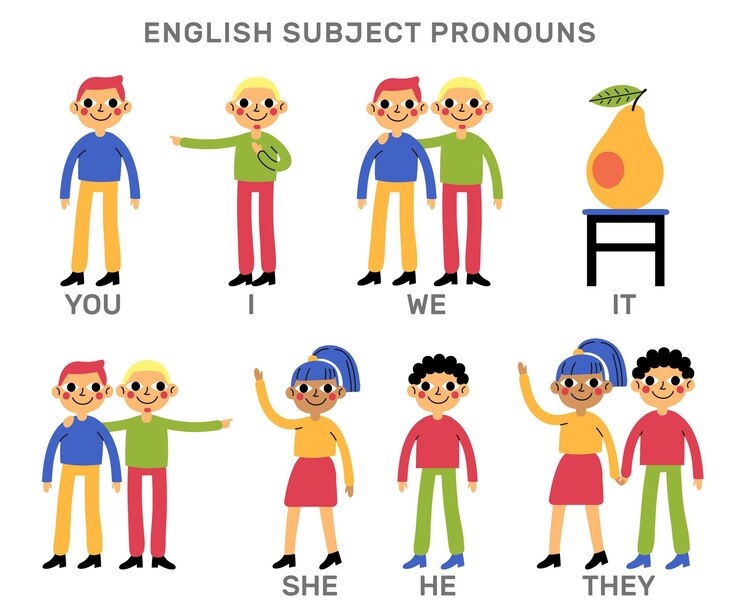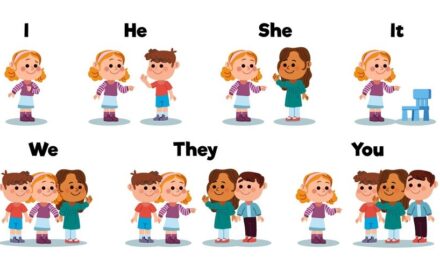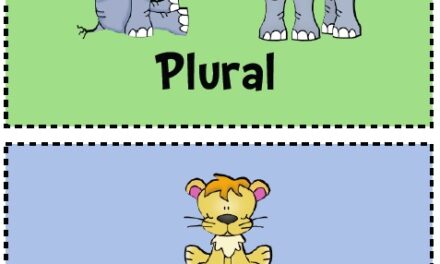Imagine saying this sentence: “Sarah picked up Sarah’s book because Sarah wanted to read Sarah’s favorite story.” Sounds quite strange and repetitive, doesn’t it? This is where pronouns come to our rescue!
What Are Pronouns?
Pronouns are special words that take the place of nouns (names of people, places, things, or ideas). They help us make our sentences smoother and avoid repeating the same words over and over.
Types of Pronouns and How to Use Them
Personal Pronouns
These are the most common pronouns we use to talk about people and things:
Subject Pronouns (used when someone is doing something):
– I → “I am reading a book.”
– You → “You are my friend.”
– He → “He plays basketball.”
– She → “She loves ice cream.”
– It → “It is raining outside.”
– We → “We are going to the park.”
– They → “They are singing.”
Object Pronouns (used when something is being done to someone):
– Me → “Please give the pencil to me.”
– You → “The teacher called you.”
– Him → “I saw him at the store.”
– Her → “Mom took her to school.”
– It → “I found it under the bed.”
– Us → “The dog followed us home.”
– Them → “Let’s help them with their work.”
Possessive Pronouns
These show ownership:
– My, Mine → “This is my book.” “The book is mine.”
– Your, Yours → “Is this your pen?” “The pen is yours.”
– His → “That is his car.”
– Her, Hers → “Those are her shoes.” “The shoes are hers.”
– Its → “The cat hurt its paw.”
– Our, Ours → “This is our house.” “The house is ours.”
– Their, Theirs → “That is their dog.” “The dog is theirs.”
Demonstrative Pronouns
These point to specific things:
– This → “This is my favorite toy.” (near)
– That → “That looks interesting.” (far)
– These → “These are my crayons.” (near, plural)
– Those → “Those belong to Sam.” (far, plural)
Fun Examples!
Let’s see how pronouns make our writing better:
Without pronouns:
“Jack couldn’t find Jack’s homework because Jack left Jack’s backpack at Jack’s friend’s house.”
With pronouns:
“Jack couldn’t find his homework because he left his backpack at his friend’s house.”

















